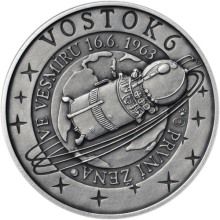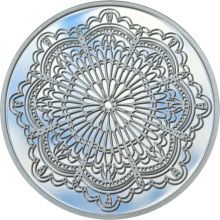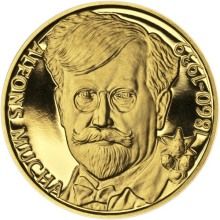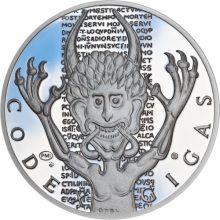Monetary policy management.
HISTORY OF CZECHOSLOVAK CURRENCY.
The gradual development and liberalization of financial markets as well as the range of instruments, together with the progressive liberalization of capital flows, created a qualitatively different environment for monetary policy management compared to the initial years of transformation. This required major changes to the monetary policy governance framework, especially in the area of intermediate objectives. The use of two intermediate objectives of different types (money supply and fixed exchange rate) is effective only in the case of very limited capital movements. However, if capital flows are largely liberalized, then, for example, an increase in interest rates aimed at limiting the growth of the money supply results in an increase in the attractiveness of the domestic currency, which is reflected in an increased inflow of foreign capital. However, maintaining a fixed exchange rate requires the purchase of excess foreign exchange for the domestic currency, which increases the money supply. However, the withdrawal of excess money raises interest rates again and they attract more foreign capital. The whole cycle repeats itself. As the number of repetitions increases, the effectiveness of monetary policy decreases. The CNB sought to increase the effectiveness of monetary policy by widening the fluctuation band for the koruna's exchange rate from + -0.5% to + -7.5% (from February 1996). The increase in uncertainty about the future development of the exchange rate was intended to reduce the attractiveness of koruna investments resulting from their higher interest income compared to investments in the currencies of developed countries. This goal was only partially achieved - although the inflow of debt capital decreased, the total inflow of foreign capital continued to exceed the needs to cover the current account deficit. The conduct of monetary policy in the new environment has also affected the area of operational objectives. Already in the course of 1994, the instability of the link between the money supply and the monetary base became increasingly apparent, which reduced its usability as an operational objective. However, the replacement of the monetary base with a short-term money market interest rate has so far become possible in view of its then stage of development. Therefore, in October 1994 there was only a partial change - the monetary base was narrowed down only to the CNB's bank reserves. The use of the short-term money market interest rate (1W PRIBOR) was not possible until January 1996. In the following years, the CNB also gradually improved the system of its monetary instruments to bring their structure, concrete form and method of use closer to the monetary instruments of central banks in developed countries. especially the European Central Bank.
CONTENT
- Origin of the Czechoslovak currency.
- Monetary stabilization.
- Establishment of the central bank.
- National Bank of Czechoslovakia.
- Gold reserve.
- Economic boom.
- Depression.
- The main activities of banks.
- Development of the national economy.
- Art designs.
- Czech banking system.
- The disintegration of Czechoslovakia.
- German occupation of the Czech lands.
- Currency damage caused by the occupation.
- Preparation of post-war monetary policy.
- Inflation and monetary chaos.
- Organization of monetary relations.
- Socialization of finance.
- February 1948 and central management.
- Directive management of monetary relations.
- Monetary reform of 1953.
- Central plan.
- Isolation.
- Reform efforts.
- "Standardization".
- Economic problems.
- Economic transformation.
- Changes in monetary policy management.
- Development of the koruna exchange rate.
- Development of the banking system.
- Development in 1990-1992.
- Division of the Czechoslovak Socialist Republic.
- Origin of the Czech koruna.
- Monetary policy management.
- International cooperation.
- Monetary stabilization.
- Establishment of the central bank.
- National Bank of Czechoslovakia.
- Gold reserve.
- Economic boom.
- Depression.
- The main activities of banks.
- Development of the national economy.
- Art designs.
- Czech banking system.
- The disintegration of Czechoslovakia.
- German occupation of the Czech lands.
- Currency damage caused by the occupation.
- Preparation of post-war monetary policy.
- Inflation and monetary chaos.
- Organization of monetary relations.
- Socialization of finance.
- February 1948 and central management.
- Directive management of monetary relations.
- Monetary reform of 1953.
- Central plan.
- Isolation.
- Reform efforts.
- "Standardization".
- Economic problems.
- Economic transformation.
- Changes in monetary policy management.
- Development of the koruna exchange rate.
- Development of the banking system.
- Development in 1990-1992.
- Division of the Czechoslovak Socialist Republic.
- Origin of the Czech koruna.
- Monetary policy management.
- International cooperation.
JÁ  ZLATÉ MEDAILE.CZ
ZLATÉ MEDAILE.CZ



